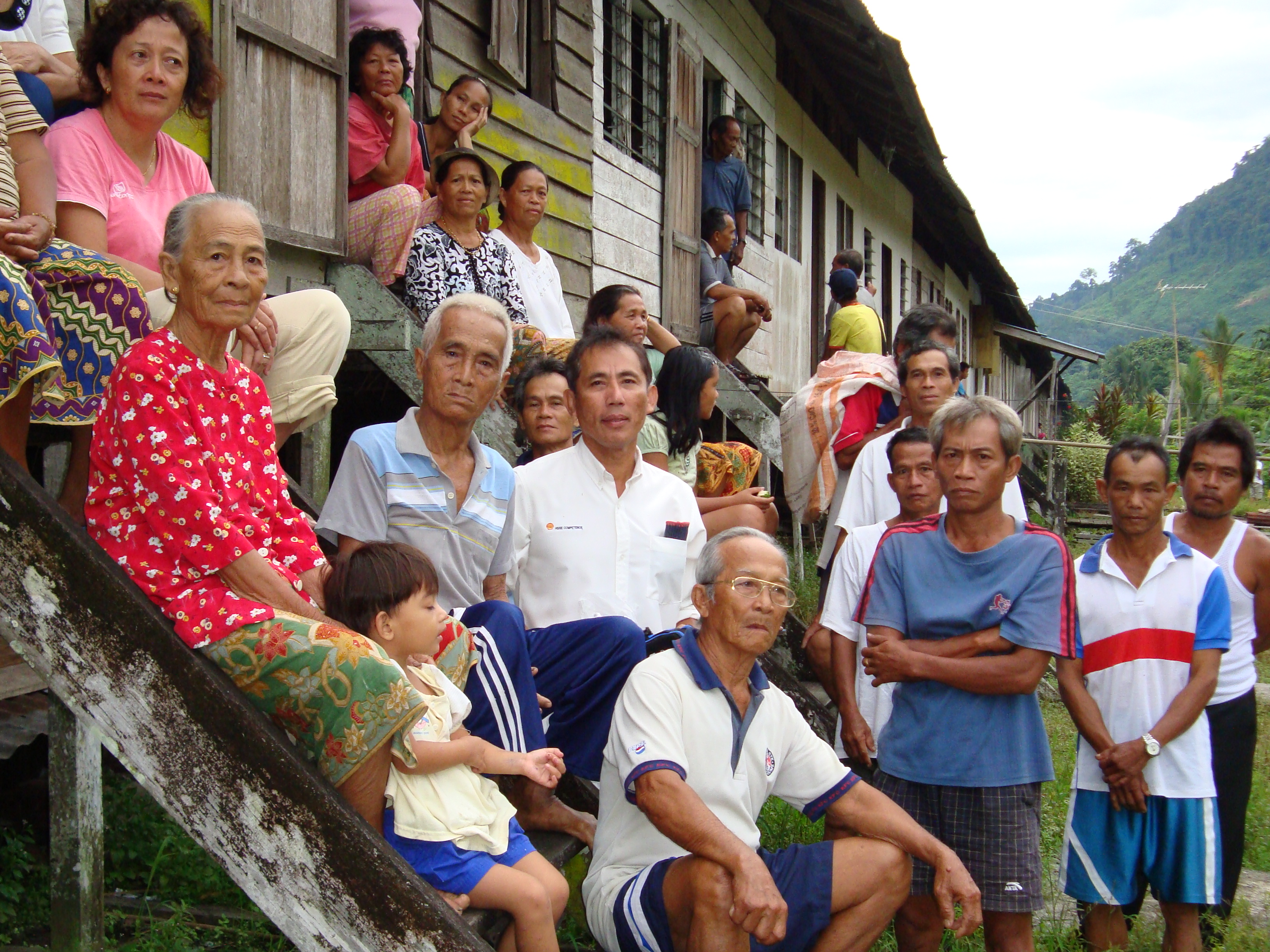
At the time, Britain was in the throes of rebuilding the nation after the Second World War and was desperately trying to cement a nuclear technology exchange agreement with the US.
As a result, Prime Minister Harold MacMillan deliberately under-played the seriousness of the fire for political expediency; the whole incident was shrouded in secrecy. In fact, it was only some 30 years later, after documents relating to the incident were declassified, that the shocking truth started to seep into the public domain .
I was five, going on six, at the time so I only have fragmented memories of it. It was quite an adventure as I recall; Mum completely covered our large dining table with blankets and curtains and we (my older sister and brother and I) lived inside this 'tent' for most of the time while the crisis was in force. The only hardship was that we didn't have fresh milk or vegetables for a while, which didn't particularly bother me as I'd never been partial to drinking milk and, like most kids of that age, I thought veggies were pretty yukky too.
It was only some years later, when Mum and I were reminiscing about the incident, that I began to grasp the seriousness of what had taken place. She explained how frightened and helpless she'd felt at the time.
Frightened, because this radioactive enemy, unlike the foe she'd stalwartly faced during the second world war, was silent, invisible, odourless and tasteless. Helpless, because the public were given very little information and advice, from the nuclear scientific fraternity and the government, on how best to protect themselves from the fallout.
So she decided to follow her well-honed instincts and hope for the best.
Those most affected by the radioactive fallout were the citizens of Seascale, where many of the reactor's workers lived. Northern Ireland was also badly affected as winds carried the invisible enemy across the Irish Sea. We lived in Manchester at the time which was on the edge of the main fallout area.

22 years later, in March 1979, the Three Mile Island Nuclear Generating Station in Dauphin County, Pennsylvania released 481 PBq (petrabecquerel), which is equivalent to 13 million curies of radioactive gases plus a small amount (20 curies) of the particularly dangerous iodine-131 into the environment. This led to mass anti-nuclear demonstrations across the United States which culminated in a mass rally in New York. The plant was eventually closed and subsequently millions of US dollars paid out in compensation. Ironically the American thriller filmThe China Syndrome was released just 12 days before the Three Mile Island accident. Anti nuclear activist, Harvey Wasserman, reported at the time, that a plague of death and disease decimated wildlife and farm animals throughout the fallout area.

On April 26th 1986 an explosion at the Chernobyl nuclear plant in the Ukraine threw hot particles of nuclear fuel and the far more dangerous radioactive elements: caesium-137, iodine-131 andstrontium-90 into the atmosphere.
Iodine-131 is absorbed by the thyroid gland and causes cancer in humans.
Caesium-137 is water -soluble and chemically toxic to bone and muscle tissue in small amounts.
Strontium-90 competes with calcium and once in the bones can cause cancer and leukemia.
Worst hit was Belarus - 60 percent of the fallout landed there and 336,000 people had to be resettled. Parts of the then Soviet Union as well as Eastern, Western and Northern Europe were affected. It was by far the worst nuclear power plant accident to date and the only one so far to have reached level 7 on the International Nuclear Event Scale, which incidentally, is a high as it goes.

As far as I know the health problems related to Three Mile Island are still being debated and successive British governments never did 'come clean' about the impact of the Windscale fire on those who were exposed to the fallout. What I do know, however, is that there was a dramatic rise in spontaneous abortions, birth defects and cancers in the areas affected.
The carnage that ensued in the aftermath of the Chernobyl fire, on the other hand, has been well documented.

In Chernobyl the levels were so high that the people closest to the heart of the explosion died almost immediately, whereas those further away developed diseases believed to result from their exposure.
Whilst underplaying the health risks, one of the 'selling' points governments make for adopting nuclear energy is that it generates fewer greenhouses gases. However, just because it doesn't pollute the atmosphere or contribute to global warming doesn't mean it has zero impact on the environment.
Last year I paid a visit to Roxby Downs, Australia's biggest uranium mine operated by BHP Billiton. It was there that I started to get a perspective on just how polluting this industry is.
The documentary below says it all. It's almost a hour long so I recommend getting a cuppa before you settle down to watch it. But before you go and put the kettle on, there are a few other things to consider about nuclear energy:
Uranium and plutonium aren't renewable and will eventually deplete.
Nuclear power stations are extremely expensive to construct, operate, maintain and eventually decommission - the decommissioning of Sellafield (formerly Windscale) costs British tax payers 1.5 billion GBP per year and decommissioning takes many years to complete. More costs are incurred managing the waste in perpetuity.
Some European countries who adopted nuclear technology in the 1970s are now switching to renewable sources of energy.
Although Germany widely adopted nuclear energy, today half as much of their electricity is now being generated from renewable energy sources rather than nuclear.
Experts in the nuclear energy industry predict that by 2020 renewable energy will be significantly cheaper than nuclear.

Click to watch


















